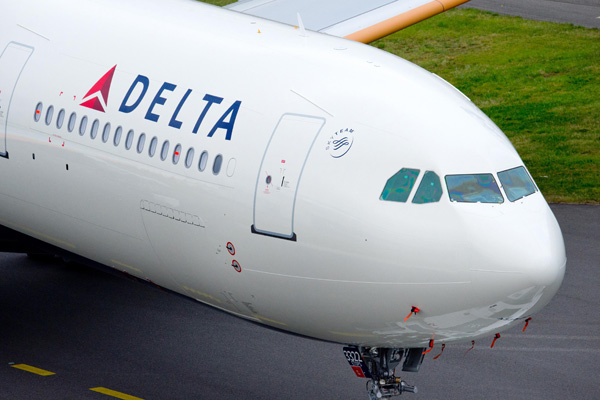Airbus (Toulouse) has issued this statement today:
The latest variant of the highly successful A330 – the new 242 metric ton A330-300 – has achieved certification from the European airworthiness authorities (EASA) following a 100 hour flight-test campaign. Certification from the US authorities (FAA) is also expected soon. Furthermore, and in the near future, the smaller A330-200 model will follow the -300 by benefiting from the 242 ton take-off weight capability. To date 11 customers have already selected their new A330s to have a 242 ton capability.
Eric Zanin, Airbus’ Head of the A330 Program said: “The latest A330’s maximum take-off weight capability of 242 metric tonnes, combined with various aerodynamic refinements and increased fuel capacity means that soon operators will benefit from an extended range of up to 500 nautical miles or carry greater payload. Moreover, they will do so with a fuel consumption reduction of up two percent – yet another concrete example of Airbus’ incremental innovation strategy.”
The initial certified A330-300 242 ton aircraft is powered by CF6-80E1 engines and certification with the other engine types – the PW4000 and Trent 700 – will follow.
The flight-test campaign of approximately 100 hours was shared between two aircraft: an Airbus test aircraft (msn 871) which was used to validate some aerodynamic refinements, and a new production aircraft (msn 1628) whose tasks included the validation of the *center tank activation and overall performance effect on the larger A330-300 platform. Notably, the 242 ton A330’s structure is also the basis for development of the forthcoming A330neo.
The combination of the increased take-off weight, aerodynamic improvements and the optional fuel capacity boost – compared with the previous 235 ton version – means that the new 242 ton A330-300 is capable of flying missions of up to 15 hours, or carry more payload over existing routes. In practice this means that it will allow operators to fly directly between Europe and south-East Asia and could be used for more than 90 percent of typical routes from London airports.

No comments:
Post a Comment